Buy high-purity pool chemicals like sodium chloride, cyanuric acid, and soda ash at trade store prices.
customers supported
qualified repair technicians
years in operation
Gold Coast-owned
All chemicals are available at trade prices from our Varsity Lakes store.

Sanitisers like chlorine and bromine keep pool water safe by killing algae, bacteria, and other pathogens.
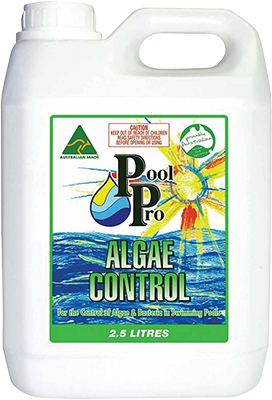
Use algaecides to help prevent algal growth over winter, especially in uncovered pools.
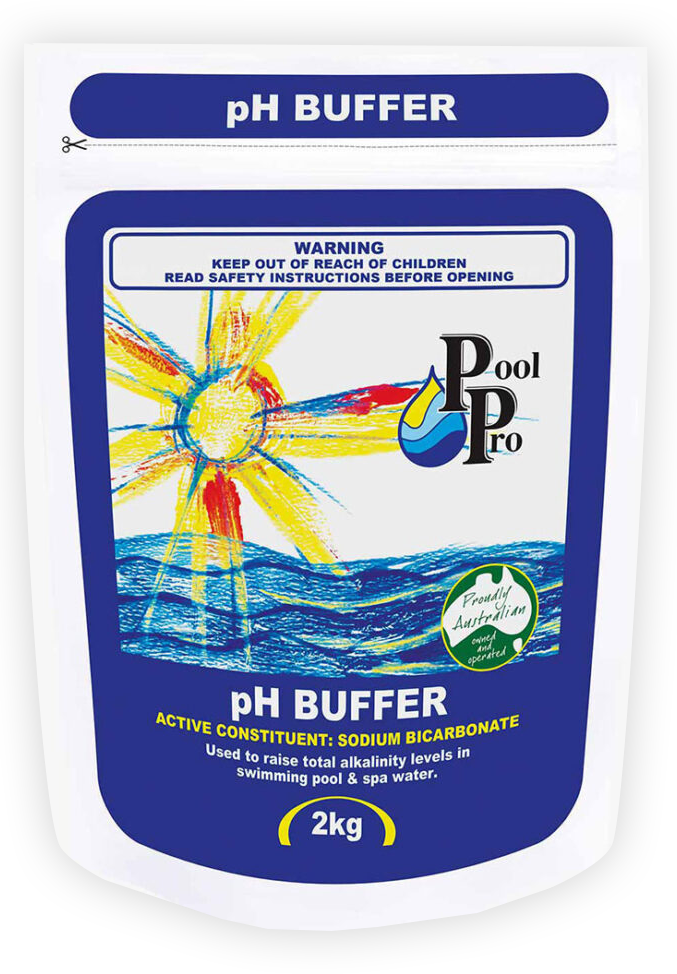
Keep pool water feeling its best with pH balancers like soda ash and muriatic acid.
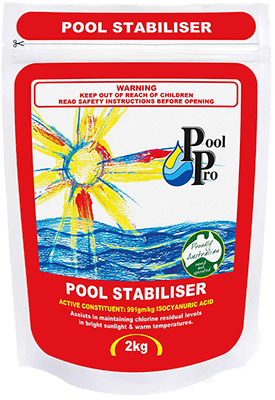
Add stabilisers like cyanuric acid (CYA) to protect free chlorine levels from UV degradation.
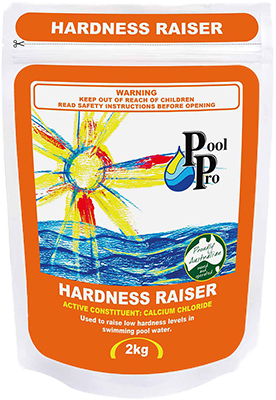
Raise calcium hardness with calcium chloride or calcium chloride dihydrate.
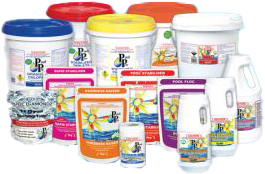
Buy oxidisers, clarifiers, sequestrants, and specialty chemicals like enzymes.
If you’re a homeowner, use our troubleshooting guide to rule out easy fixes.
Cloudy water is most often caused by excessive calcium, which can be the result of too much calcium hardener or high pH levels.
Test your water to make sure your chemicals are within acceptable ranges.
You can reduce calcium levels with a sequestrant and lower pH with muriatic acid.
Cloudy water can also be caused by a filter problem.
If your filter is damaged or the media needs changing, remove it and bring into our workshop for a service or repair.
Most low chlorine readings are caused by a lack of cyanuric acid, which protects free chlorine from UV degradation.
(Chlorine strips often return false readings; test your water with a proper reagent test kit.)
If your pool has a saltwater chlorinator, low free chlorine could also indicate an issue with the salt cell or the chlorinator itself.
A high pH is normally caused by adding too much baking soda, although evaporation (particularly on hot, sunny days) can also concentrate the chemicals in your pool.
Organic debris (like leaves) can also affect your pH levels.
To balance your pool, top up your water levels, remove any organic matter, then add hydrochloric/muriatic acid.
Because rain is naturally acidic, Gold Coast summer storms can dilute your pool and lower your alkalinity.
Too much muriatic acid or an excessive bather load will also lower your pH.
Add alkaline chemicals like borax or soda ash to rebalance your water – but keep in mind that both will also increase your total alkalinity levels.
Foamy water is normally caused by too many swimmers and not enough filtration.
Oils, deodorants, sweat, and other products contaminate the water too quickly for your system to clean it.
If you’re expecting to maintain that bather load, get your pool technician to adjust your system accordingly.
It’s also worth testing the water and, potentially, shocking it with chlorine to help break down those contaminants.
Algal growth is almost always the result of low chlorine.
The solution is not to add algaecide – even though it seems like the logical thing to do.
If your chlorine levels are too low to kill algae, they’re also too low to kill bacteria, viruses and parasites, which means your pool isn’t safe to swim in.
Algaecides may make the water look clean, but it won’t be sanitised.
Instead, test your water and follow the steps under the ‘My chlorine levels are too low.’ tab.

Algae Control 2.5L
Algae Control 2.5L

Hardness Raiser 2kg
Hardness Raiser 2kg
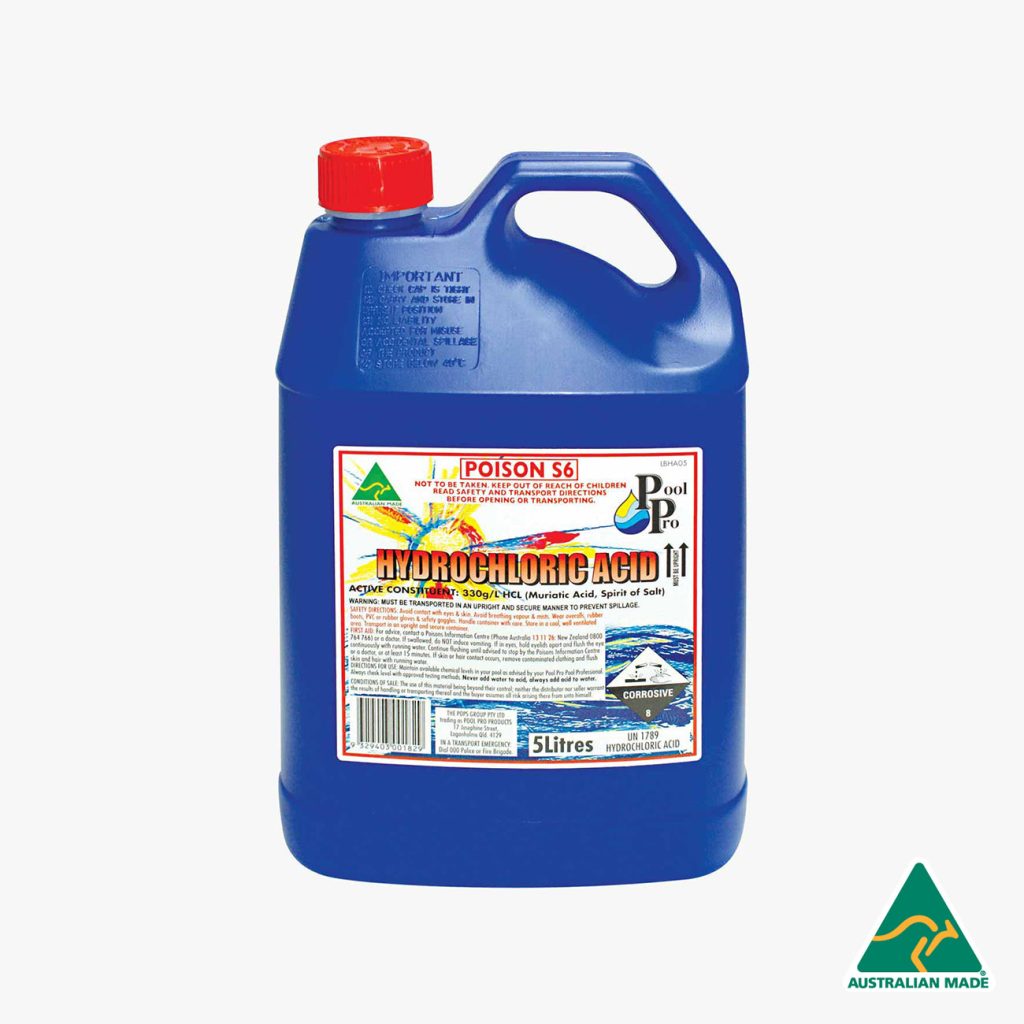
Hydrochloric Acid 5L
Hydrochloric Acid 5L
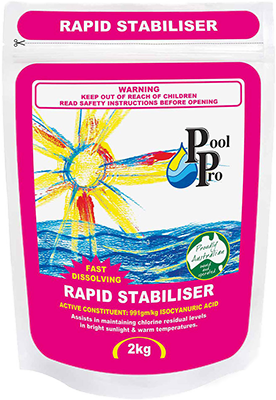
Rapid Stabiliser 1kg
Rapid Stabiliser 1kg

Stabiliser 1kg
Stabiliser 1kg
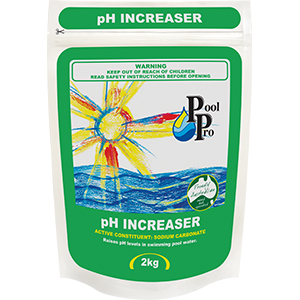
Soda Ash 2kg
Soda Ash 2kg
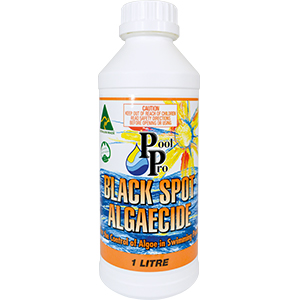
Black Spot Algaecide 1L
Black Spot Algaecide 1L
‘Fast, Professional and Effective’
Our customers say it best.
We don’t. Most of our clients are tradespeople who have their own testing equipment. We supply them with the high-quality chemicals they need based on their test results. If you’re a homeowner, we’re more than happy to supply you with testing equipment and teach you how to use it. (It’s cheaper and easier than going to a pool shop every time you want to check your water quality.)
We do. Because most of our clients are tradespeople, we maintain trade prices across our entire range of new products, parts and chemicals.
Most pool chemicals aren’t completely pure. If you look at the safety data sheet on the manufacturer’s website, you’ll see that the ‘Composition’ section shows the percentage of the actual chemical, as well as percentages for additives and fillers.
In some cases, additives can play a helpful role in enhancing the effects of the chemical. Normally, though, low-purity chemicals are less effective than higher-purity options and may contain unknown substances that pool users will then swim in. (The exception is hydrochloric/muriatic acid, which must be heavily diluted with water for safety.)
The recommended purity level varies across chemicals. If you’re buying sodium chloride, for example, choose a product that’s at least 99.4% pure. Our in-store technicians can help you find high-purity chemicals that are still within your or your client’s budget.
A saltwater chlorinator converts the salt in your pool to chlorine. When your pump circulates your pool’s water, it’s filtered first by your skimmer basket and then by an ultra-fine filter (which, depending on your filter brand, can trap particles as small as 3 microns).
The water then passes through your chlorinator’s salt cell, which contains anodes and cathodes. When an electric current travels from the anode to the cathode, it converts the salt (sodium chloride) in the water to chlorine gas. The chlorine gas dissolves in the water, forming hypochlorous acid and hypochlorite ions (free chlorine).
That free chlorine is then transported back to your pool, where it sanitises the water by breaking down the cell walls of bacteria (oxidisation). It also reacts with amines (products of sweat and urine), forming chloramines, which can’t disinfect your water and form that unpleasant chlorine smell you probably associate with public pools.
UV radiation from sunlight can also break down free chlorine into chloride ions, which won’t sanitise your water (but will end up re-bonding with the sodium ions generated by the salt-to-chlorine conversion process). It’s why some people recommend running your pump on hot days – without ongoing chlorination, you could risk free chlorine levels dropping below what you need to sanitise your water (and warm, still water is the perfect recipe for fast bacteria and algal growth).
You can prevent UV degradation by adding a stabiliser like cyanuric acid, which bonds with chlorine and protects it from UV radiation.
The easiest way to raise the pH of your pool is with borax or soda ash. Keep in mind that both options will also increase your pool’s total alkalinity (TA), which affects how much your water tolerates changes in acidity. (Borax increases TA less than soda ash.)
You can also raise pH through aeration. Most spas aerate naturally through their jets; circulation through your pump system will also gradually aerate the water and raise the pH.
Hydrochloric acid is the same thing as muriatic acid, which is used for lowering pH. You can also use higher-strength acid (any product with around ~30% acid) for cleaning pool surfaces like tiles.
Remember: hydrochloric acid is a hazardous substance. Always wear eye protection, avoid breathing in fumes, and wash off any acid that contacts your skin immediately.
Order Your Chemicals
Get in touch to ask about chemical availability or to place an order. All orders must be paid for and picked up at our Varsity Lakes workshop.
Services
Brands
© 2025 CPCR Trade Centre. Privacy Policy. Website By iOnline.